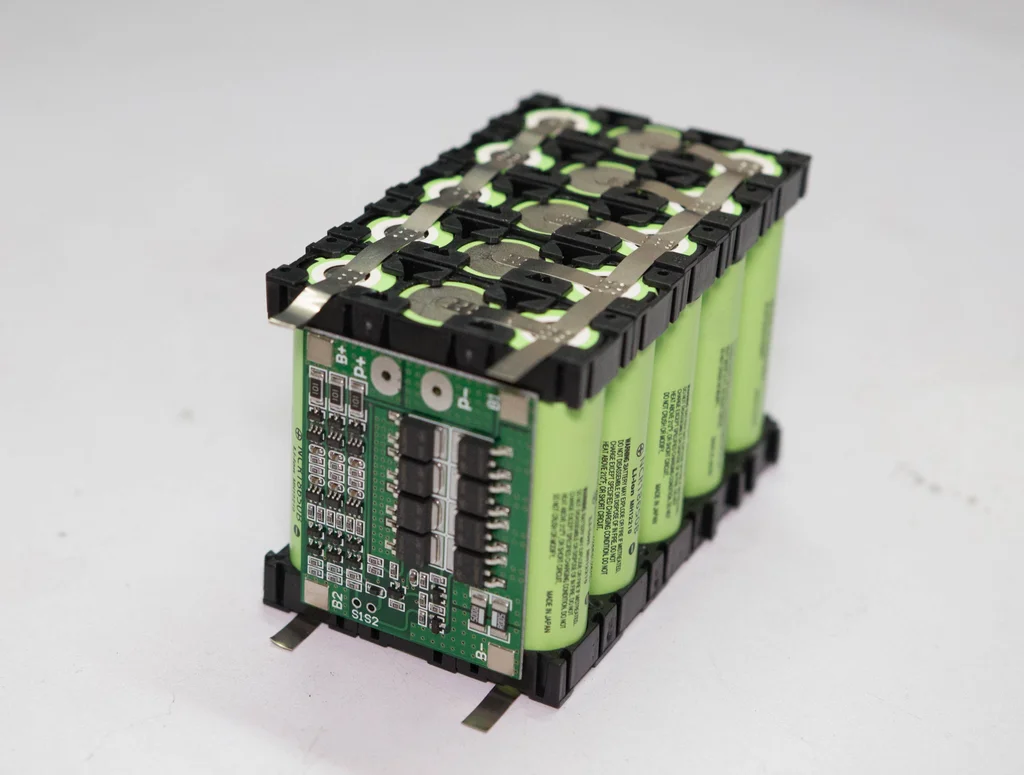- Introduction
- Understanding the 18650 battery
- Choosing the right components for the battery pack
- Preparing the 18650 batteries for the pack
- Soldering the battery cells together
- Adding a battery management system (BMS)
- Connecting the battery pack to the solar system
- Testing and troubleshooting the battery pack
- Safety precautions and considerations
- Conclusion
Introduction
Welcome to our comprehensive guide on how to make a 12V 18650 battery pack for a solar system. In this article, we will walk you through the step-by-step process of creating your own battery pack using 18650 batteries. Whether you are a DIY enthusiast or someone looking to power your off-grid solar setup, this guide will provide you with all the necessary information to get started.
Understanding the 18650 battery
Before we dive into the construction process, let’s take a moment to understand what exactly an 18650 battery is. The 18650 battery is a type of rechargeable lithium-ion battery commonly used in various electronic devices. It is known for its high energy density, long cycle life, and excellent performance. These characteristics make it an ideal choice for building a reliable and efficient battery pack for solar systems.
Choosing the right components for the battery pack
Now that we have a basic understanding of 18650 batteries, let’s discuss the components you will need to assemble your battery pack. Apart from the 18650 batteries themselves, you will require a battery holder or a battery case, nickel strips for interconnecting the batteries, and a battery management system (BMS) to ensure safe charging and discharging.
Preparing the 18650 batteries for the pack
Before we start assembling the battery pack, it’s essential to properly prepare the 18650 batteries. Begin by checking the voltage of each battery using a multimeter to ensure they are all at a similar level. Next, remove any protective wrapping or insulation from the batteries, being cautious not to damage the cells. This step will allow for better heat dissipation during operation.
Soldering the battery cells together
Now comes the critical step of soldering the battery cells together to form the pack. Start by aligning the batteries in a series or parallel configuration, depending on your desired voltage and capacity. Use nickel strips to connect the positive and negative terminals of the batteries, ensuring secure and reliable connections. Take necessary precautions while soldering to prevent overheating the cells.
Adding a battery management system (BMS)
A crucial aspect of any battery pack is the inclusion of a battery management system (BMS) to protect the cells from overcharging, overdischarging, and excessive current. The BMS monitors and balances the individual cell voltages, ensuring the overall health and longevity of the battery pack. It is recommended to choose a BMS that is compatible with your battery configuration and solar system requirements.
Connecting the battery pack to the solar system
With the battery pack assembled and the BMS in place, it’s time to connect it to your solar system. Ensure you have the necessary cables and connectors to establish the connection between the battery pack, solar panels, charge controller, and inverter. Follow the manufacturer’s guidelines and wiring diagrams to ensure a proper and safe connection.
Testing and troubleshooting the battery pack
Once all the connections are made, it’s crucial to test the battery pack and troubleshoot any potential issues. Use a multimeter to verify the voltage, check for any abnormal temperature rise during charging or discharging, and monitor the performance of the solar system. If any problems arise, refer to the manufacturer’s instructions or seek professional assistance.
Safety precautions and considerations
When working with batteries and solar systems, safety should be a top priority. Always wear protective gear, such as gloves and safety glasses, when handling batteries and while soldering. Ensure proper ventilation in the area where you are working and keep flammable materials away. Follow all safety guidelines provided by the battery and solar system manufacturers to avoid accidents or damage.
Conclusion
In conclusion, building your own 12V 18650 battery pack for a solar system is an achievable and rewarding project. By following the steps outlined in this guide and taking necessary safety precautions, you can create a reliable and efficient energy storage solution for your off-grid or backup power needs. Remember to regularly monitor and maintain your battery pack to ensure optimal performance and longevity. Happy solar system battery pack building!
And with that, we’ve reached the end of our comprehensive guide on making a 12V 18650 battery pack for a solar system. We hope you found this article helpful and informative. If you have any further questions or need additional assistance, feel free to reach out. Happy DIY-ing!
